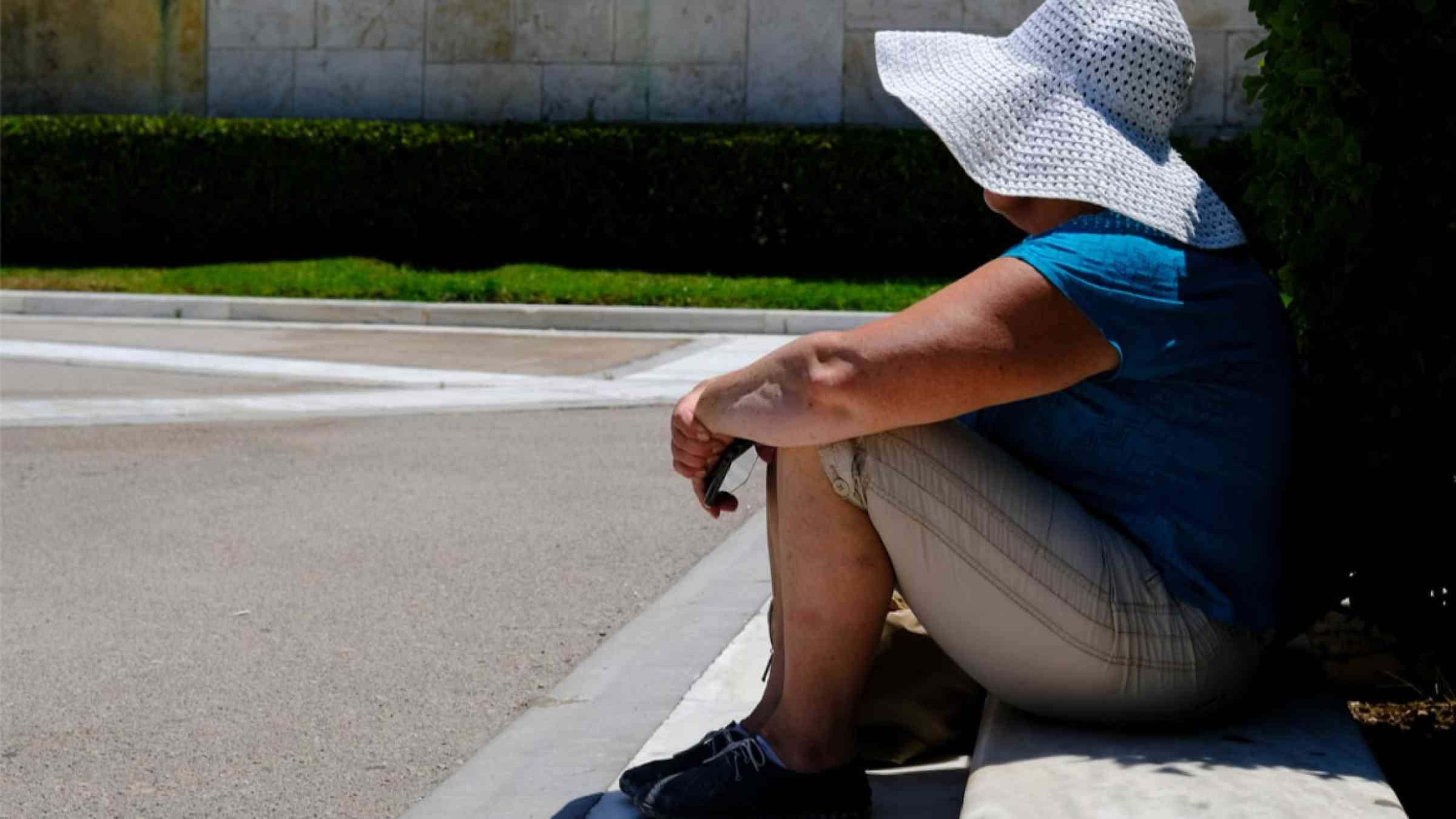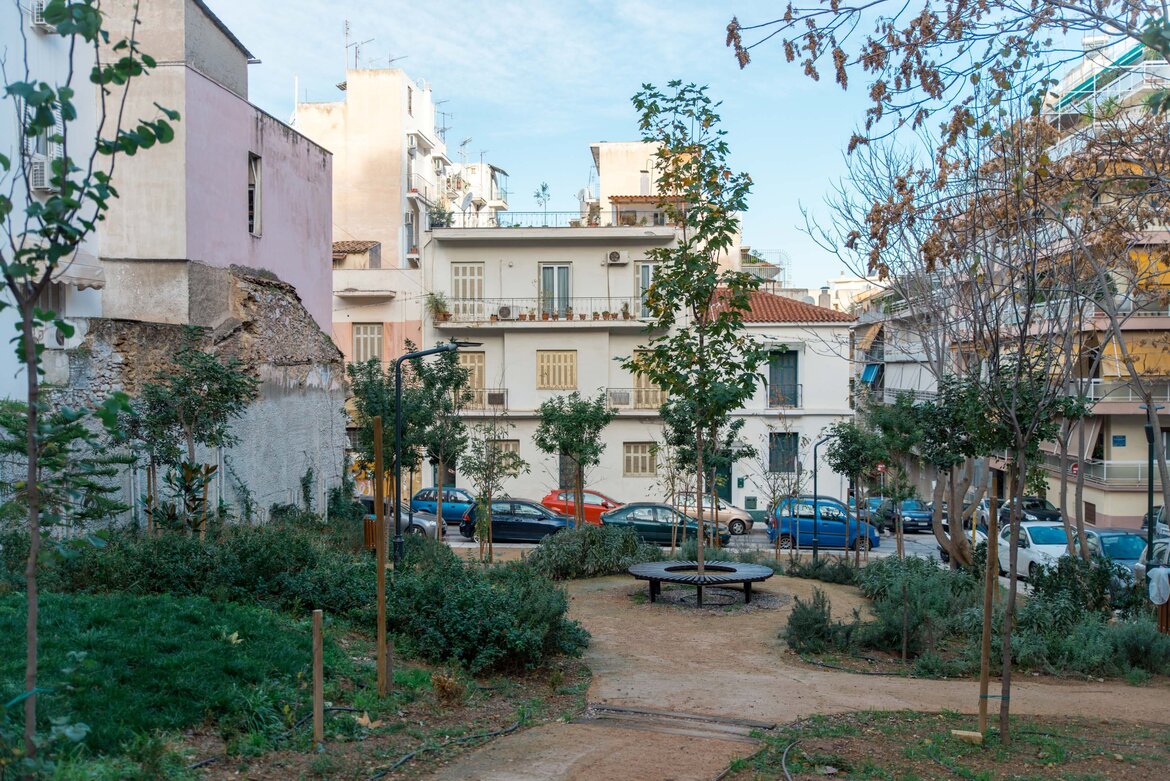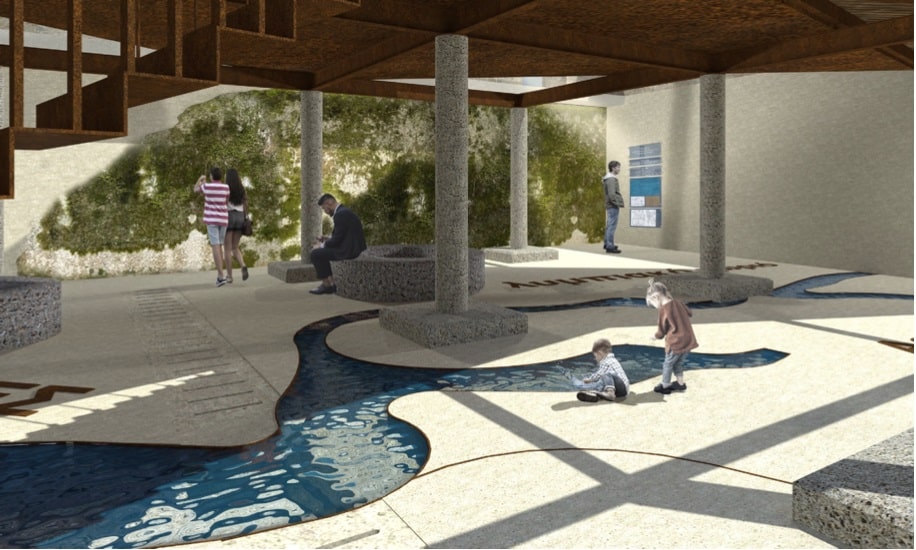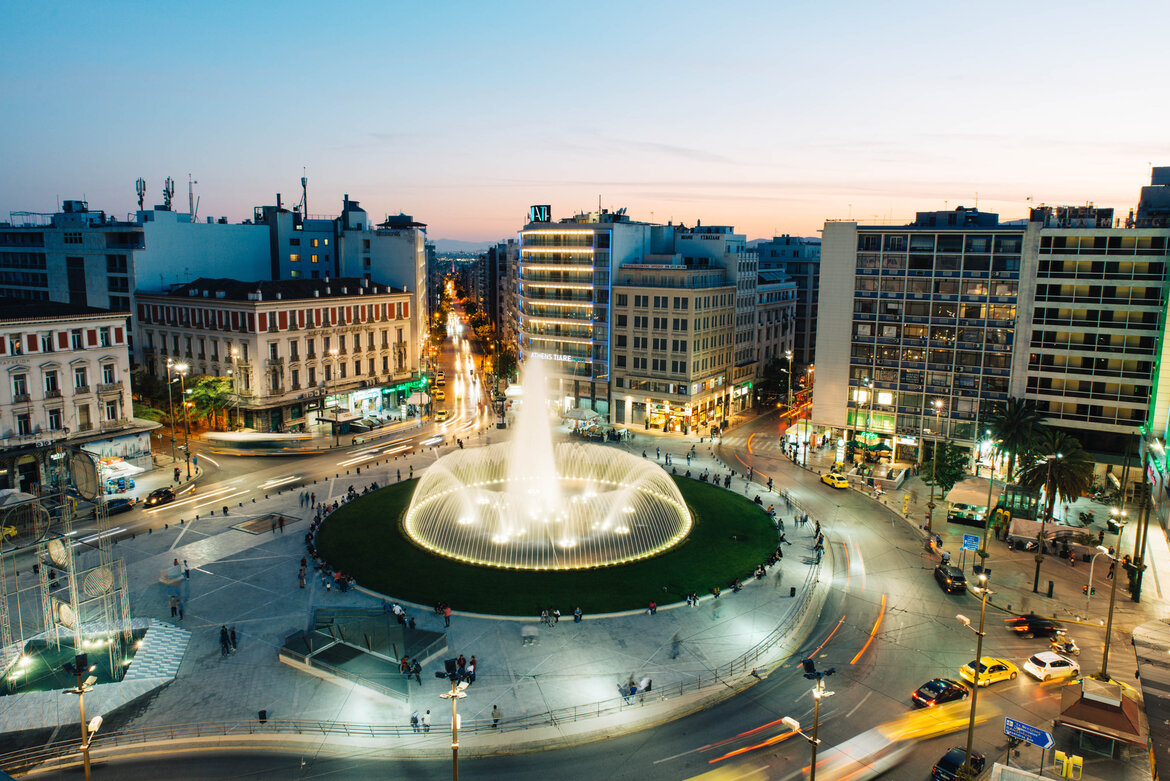Eleni Myrivili: "The social glue of a city is key to heat resilience"

“One of the most important findings on urban resilience is that social resilience is often more important than physical resilience”.
- Athens, Greece, is one of the hottest capitals in Europe
- Managing heat risk is a cross sectoral task
- Social resilience is often more important than physical resilience
Eleni Myrivili was appointed Chief Heat Officer by the Mayor of Athens in 2021, filling in the first such role to be created in Europe. She is just the third Chief Heat Officer to be appointed in the world, following Miami-Dade County in Florida and Freetown, Sierra Leone.
In late June, Myrivili was appointed Global Chief Heat Officer with the role to coordinate a new partnership between Arsht-Rock and UN-HABITAT. This partnership will seek to address the impact of extreme urban heat by mainstreaming heat across UN-Habitat’s various areas of work and across UN agencies.
Her task is to coordinate heatwave-related projects and activities to protect people and adapt the city to soaring temperatures. PreventionWeb talked to her to understand what steps Athens has taken to deal with heat risk.
Fatal recipes for cities
Athens is one of the hottest capitals in Europe and the “prognosis for its future is not very optimistic”, she says.
Heat waves are going to be longer, more frequent and with higher temperatures, she adds, “probably double than what we have these days, by the middle of this century”.
These conditions, coupled with reduced rainfall, water stress and drought conditions, a paint a bleak future for vulnerable cities. Greece’s 2021 heatwave led to massive wildfires, some even threatening peri-urban Athens. High temperatures reaching well above 40 degrees and toxic particles from wildfire smoke, created a deadly mix for the urban population.
Cities were built for a fossil-fuel economy.
“We really need to change how we use and build our cities,” Myrivili says.
Factors that contribute to increased heat also include asphalt and cement, materials that absorb and store heat. Moreover, cars and air-conditioning are also part of a fatal recipe that leads to the urban heat island effect – one reason why city centres may be hotter than the outskirts.
But even without the wildfires, we know that cities will be facing extreme temperatures.
Myrivili says that by the middle of the century there will be about 1000 cities or 1.6 billion people dealing with conditions bodies and infrastructure are not ready to adapt to. Heat seems to be the most extreme, silent albeit deadliest of weather events, she stresses.

Challenges
Managing heat risk is a cross-sectoral task, Myrivili explains. It touches upon health, the economy, energy, food and water. However, it is challenging to make different sectors, departments and parts of the government talk to each other. It’s a tough task for someone whose influence mainly depends on talking and on trying to persuade.
One more challenge with heatwaves is that we don’t know how much of the mortality data is due to heat. People might go to hospitals because of a work-related injury or a heart attack, but these will not count as heatwave incidents. Collecting specific data is important “because that will create the capacity to create policies”, explains Mirivili.
The Athens solutions
Risk categories
Raising awareness is one of the components of the programme Myrivili heads. For that, the city of Athens has brought together experts from the Arsht-Rock Foundation Resilience Center and a scientific committee from the National Observatory of Athens, led by Dr Larry Kalkstein and Dr Kostas Lagouvardos, respectively. Myrivili explains to us that they looked at meteorological data in Athens looking back at the three previous decades, a methodology named ‘backcasting’. Their research question was: what happens during hot days in Athens?
The scientific experts then correlated the information they identified, with general mortality data. The following step was to look at the times when mortality data would spike. As a result, the scientists came up with four ‘typologies’ or categories of risk, correlating specific meteorological conditions with mortality. “They figured out which of the typologies are the really dangerous ones and the percentage, like what kind of rise in temperature brings what kind of risk for the health of people”, Mirivili continues. Athens launched the new system in June 2022, and it did so along with the city of Seville in Spain.
“This is very important” Mirivili asserts, “because now we will be able to forecast not just there’s a heatwave coming”, but also what’s its risk to human health. “Heat waves do not come with the drama of roofs flying and streets turned into rivers”, and that’s exactly why this forecasting tool “makes it much easier to communicate” on them. Once you have these heat categories, “first of all you can communicate them” and secondly, policies can be adjusted to the level of risk likely to be experienced by the population.
“Depending on the risk category you have”, the municipality can ask people to come earlier to work, and if really extreme conditions are present, it could eventually operate with a reduced number of people working in administration.

Green corridor
The third project coordinated by Myrivili, involves redesigning the city and bringing green and blue infrastructure into the urban environment. It implicates eight municipalities and it’s about creating a big corridor in the Athens metropolitan area. The corridor would follow the route of the Hadrian Aqueduct, an ancient monument almost 20km long that was completed in 140CE. “This aqueduct, which still has water, we want to use it for green spaces and for cooling the city”, continues Myrivili.
Buddy system
Moreover, “we ‘re trying to create short-term responses”, replicated from other cities, continues Myrivili. One of those is to develop a buddy system through which people would check in on other people during heatwaves. Such a system is already in place in Athens and was tested during the COVID-19 pandemic. It’s called Help at Home, and it involves a network of municipal employees checking on old people living alone.
But this system can only reach a certain number of people. “We need volunteers, or we need people to mobilize on their own”, explains Myrivili. Neighbourhoods for example could make lists of people that need support and check in on them during periods of heatwave risk. It’s about “making sure during the hot hours they keep their windows closed”. It’s also about knowing who is vulnerable to heat, such as pregnant or breastfeeding women, babies and young children, as well as food delivery workers and farm labourers.
Lessons on urban resilience
“One of the most important findings on urban resilience is that social resilience is often more important than physical resilience”, underlines Myrivili. “That the social glue works in the city”, and that people feel part of the social fabric.
“It is very hard to create conditions of resilience in cities that have strong inequities” appearing in the form of gated communities and informal housing coexisting in the same city.
“The best thing for crises is to have people helping people, that is the most important thing”, explains Myrivili. “First and foremost” the most important aspect is what “brings people together and makes them support each other”, even if “amazing plans” and “incredible infrastructure” are in place.
“Another aspect is trust” towards authorities and decision-makers, which “takes away from the power to change things” and to introduce innovation, highlights Myrivili.
“That is a big weakness for a society and for moving forward”, she says.

Vision
When Myrivili unveils her vision, she says that “we have to get rid of cars” that contribute to heat and change streets into green corridors. She believes that it’s easier to convince people to be part of the change now than it was some years ago.
People are “ready for a radical transformation of the city because I think they are not happy living in this city”.
“It’s difficult to change a city such as Athens which is densely built already,” she notes.
But “we can reclaim and change the way we use public spaces” she adds.
Eleni Myrivili is Chieft Heat Officer for the municipality of Athens and Global Heat Officer for the UN-Habitat and Arsth-Rock partnership.